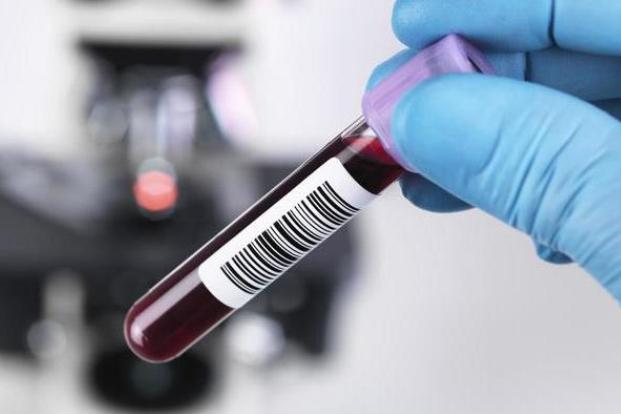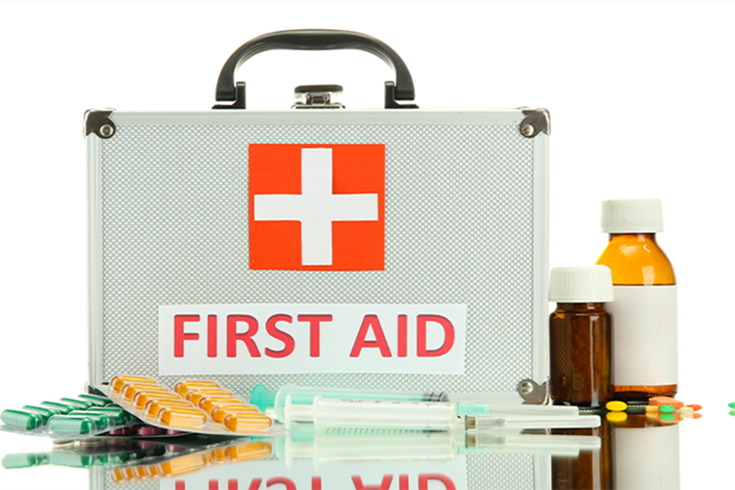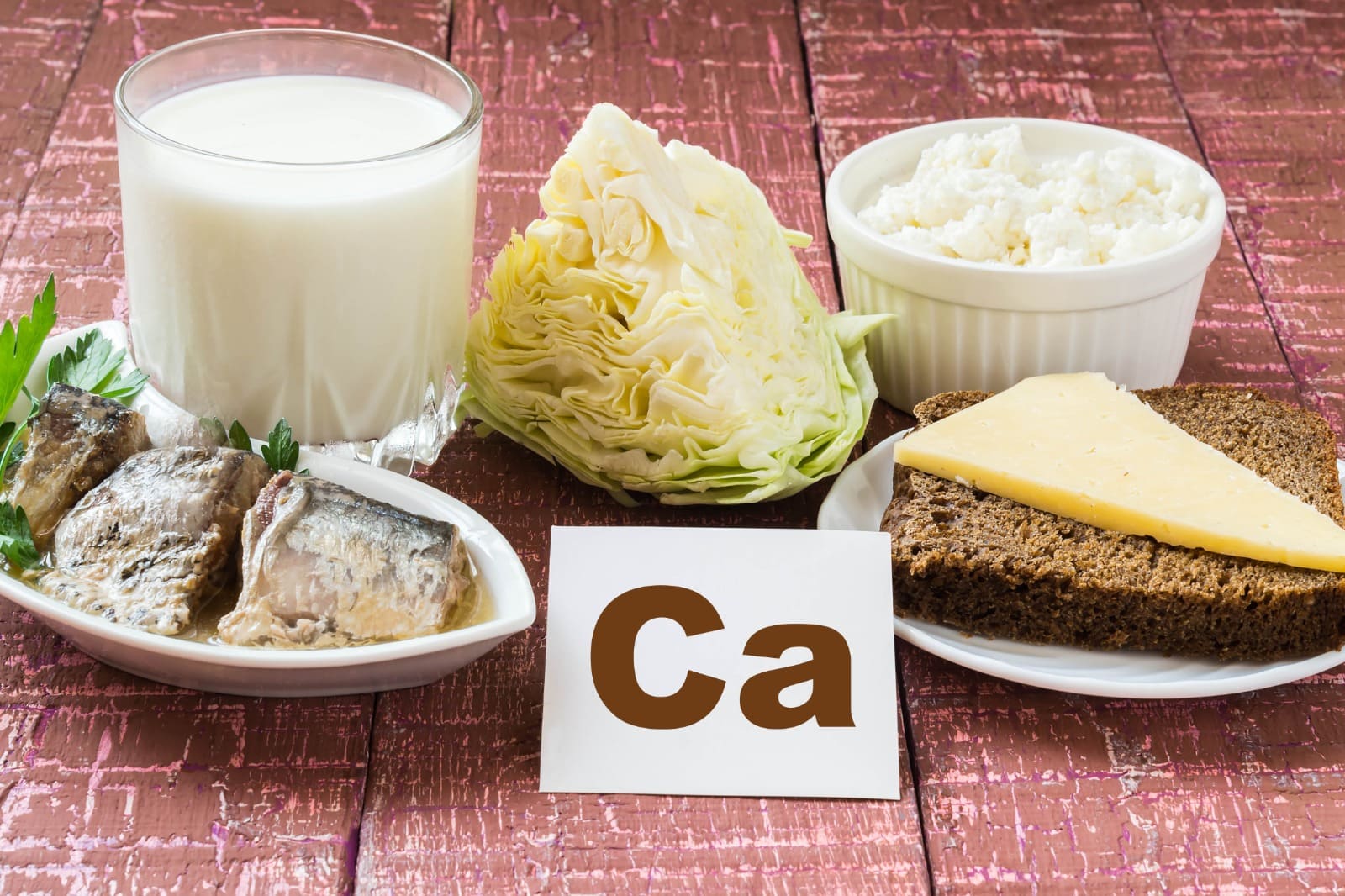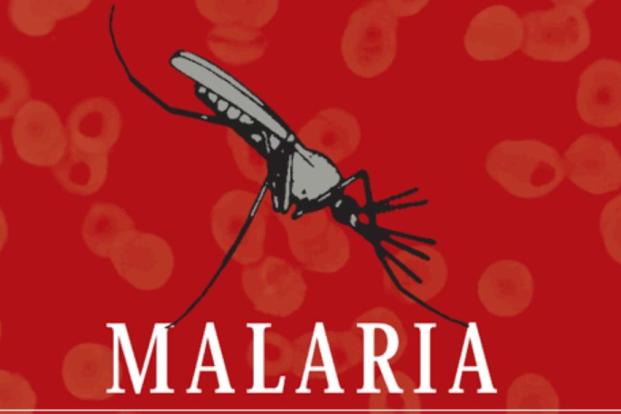What are the symptoms of thalassemia major?

Apr 19, 2022
Thalassemia can be defined as a blood disorder that is caused due to a defect in the oxygen-carrying protein. This disorder is characteristic of less oxygen-carrying protein – hemoglobin and hence there are fewer red blood cells in the body of a thalassemia patient. The common signs and symptoms associated with the same include – fatigue, weakness, paleness and slow growth.Mild forms may not need treatment. Severe forms may require blood transfusions or a donor stem-cell transplant.

If anyone of your parents is a carrier for thalassemia, then the same can develop a form of the disease and the patient can be known as Thalassemia Minor.
If both of your parents are carriers of thalassemia, you have a greater chance of inheriting a more serious form of the disease.
There are two main forms of thalassemia that are more serious:-
1). Alpha thalassemia and
2). Beta thalassemia.
Thalassemia Major:-
It is the most severe forms of beta-thalassemia. It develops when beta globin genes are missing. The severe anemia related to this condition can be life-threatening. Other signs and symptoms include :
- Fatigue
- Weakness
- Jaundice
- Facial bone deformities
- Slow growth
- Abdominal swelling
- Dark urine
Hemoglobin Is The Substance In Your Red Blood Cells That Allows Them To Carry Oxygen.
Other Types of Thalassemia:
There are three major types of thalassemia and four subtypes.
- Beta thalassemia:- Beta thalassemia occurs when your body can’t produce beta globin
- Alpha thalassemia:- Alpha thalassemia occurs when the body cannot make alpha globin.
- Thalassemia minor:-The symptoms of thalassemia major generally appear before a child’s 2nd birth.
Treatment for Thalassemia:-
- Blood transfusions
- Bone marrow transplant
- Medications and supplements and
- Possible surgery to remove the spleen or gallbladder







